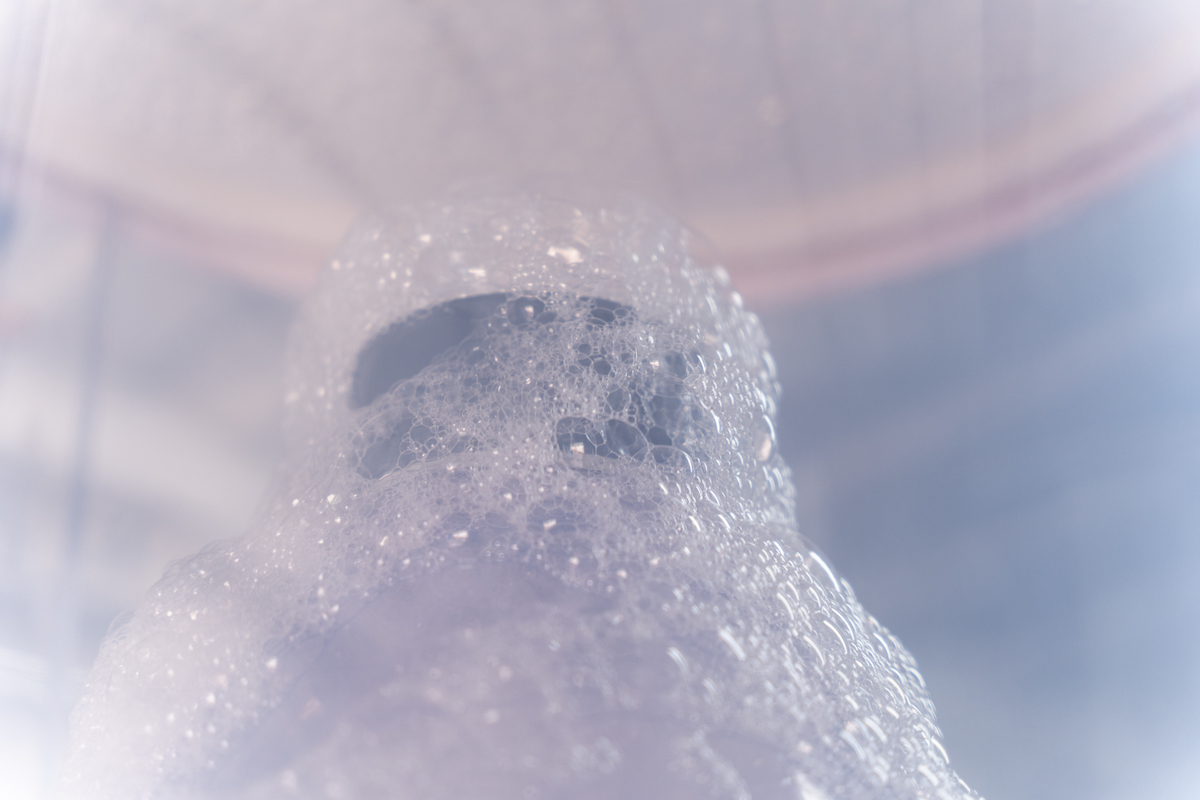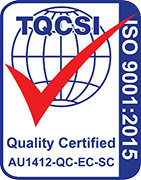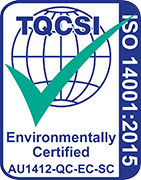
Comparing PFAS treatment options for leachate
9 June, 2023
With numerous options available for per- and polyfluoroalkyl substances (PFAS) treatment, it can be overwhelming to navigate. However, when it comes to effectively addressing complex waste streams like leachate, foam fractionation stands out as an exceptional choice.
PFAS, often referred to as "forever chemicals," pose an ongoing challenge for remediation efforts, which have garnered significant attention from governments worldwide. As the efficacy of different treatment methods comes under scrutiny, it's important to evaluate their effectiveness.
Granular activated carbon absorption
Granular activated carbon (GAC) is a widely used treatment approach that employs a highly porous substance to adsorb PFAS through its surface. This method does have certain drawbacks with one limitation being its reduced efficacy when dealing with short-chain PFAS compounds. Additionally, the surface of the GAC can become fouled by other co-contaminants present in complex water sources. As a result, there is less removal of PFAS, necessitating more frequent replacement and disposal of the carbon material. This incurs additional costs and there are environmental implications associated with disposal. Typically, PFAS-laden activated carbon is disposed of in landfills, although it can be regenerated. However, the disposal of the PFAS that is removed during the regeneration of GAC also needs to be taken into consideration.
Ion exchange resins
Ion exchange resins work by exchanging ions in the liquid phase with ions attached to functional groups on the surface of the resin. Although ion exchange resins are more costly compared to GAC, they generally exhibit faster adsorption of PFAS and possess a higher capacity for PFAS removal onto the resin. They can also remove both short and long chain PFAS molecules. Similar to GAC, with the complexities of leachate they encounter fouling issues that significantly reduce their ability to remove PFAS. Typically, PFAS resins are not regenerated due to requiring highly hazardous solvents, leading to similar disposal problems as GAC.
Reverse osmosis
Reverse osmosis (RO) entails using a semi-permeable membrane to separate contaminants from water. Unlike the previous treatment methods mentioned, it doesn't necessarily need a high surface area for a high PFAS load and has demonstrated highly effective concentration of PFAS. However, it does demand significant energy inputs, resulting in increased operational costs. Additionally, the concentrate stream generated in RO treatment can range from 10-20% of influent flow, containing concentrated PFAS. This concentrated stream necessitates further treatment or disposal.
Foam fractionation
Foam fractionation is a straightforward and scalable technology that exhibits a remarkable capacity for removing PFAS. This efficient process has minimal energy requirements and generates a low waste stream. It produces a low volume of foam concentrate, which is easier to manage, thereby reducing environmental impacts. Additionally, foam fractionation can be integrated with other methods, such as reverse osmosis, to create a comprehensive treatment system.
Known for its cost-effectiveness and low energy demands, foam fractionation serves as the core technology in the proprietary Low Energy Evaporative Fractionation (LEEF) System® developed by the Water & Carbon Group. This technology offers several advantages for PFAS treatment:
- Direct PFAS removal from heavily contaminated leachate
- Substantial flexibility to allow for customization
- Minimal concentrated waste stream
- Pre-treatment is typically not required
- Modular and scalable
- Low energy demand
- No consumables
- Removes up to 100% of targeted PFAS compounds
The LEEF System® has been deployed successfully and is operational at the Shoal Bay Leachate Treatment Plant in Darwin. In full production, the plant is processing up to 140,000 liters of leachate a day.
The effectiveness of the system has also been proven in scenarios involving highly contaminated leachates in the US with successful demonstrations in Tennessee, Virginia, Alabama, and Vermont.
To find out more about the LEEF System® for your site, contact us today.







